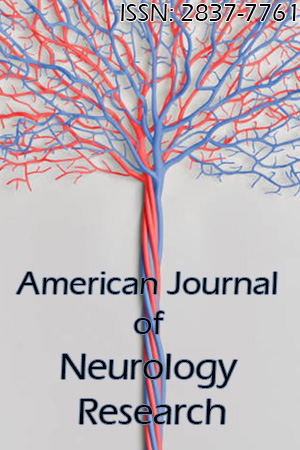Cultural Adaptations to Suicide Screening among American Indians/Alaska Natives
Mark Standing Eagle Baez
American Indian/Alaska Native (AI/AN) populations experience disproportionately high rates of suicide, and understanding the neurological and mental health factors, as well as the historical and cultural context, is crucial for effective prevention and intervention strategies. Intergenerational trauma, stemming from past biases and cultural disruption, significantly contributes to the higher rates of suicide among AI/ANs, affecting mental health and leading to substance abuse and other adverse outcomes. In 2021, suicide rates were highest among American Indian/Alaska Native (AI/ AN) persons, and AI/AN youths had the highest rates of suicide compared to their same-aged peers from other racial and ethnic groups [1]. The ongoing challenge of AI/AN youth suicide is a public health crisis of relatively recent historical origin that is inadequately addressed by contemporary prevention science [2]. However, when selecting screening tools for AI/ANs, it is critical to consider that they are primarily developed for nonNative communities, may have intrinsic biases, and may originate from a colonial perspective along with their applications. Indigenous people are not the same as other groups; their unique cultural factors, such as traditions, family, and historical trauma, should be among the most critical justifications to consider for behavioral health screenings and services promoting suicide care in Indigenous communities. Literature suggests little to no suicide screening tools explicitly tailored for Indigenous people. This article will highlight preventive and protective factors incorporated into a screening tool called Indigenous S.A.F.E. Screening (ISS), which uses a culturally sensitive, relevant, and appropriate language method. A pilot study on the ISS is currently being conducted. The current study will gather data on the tool’s face and construct validity among experts in the behavioral health field.
View pdf
